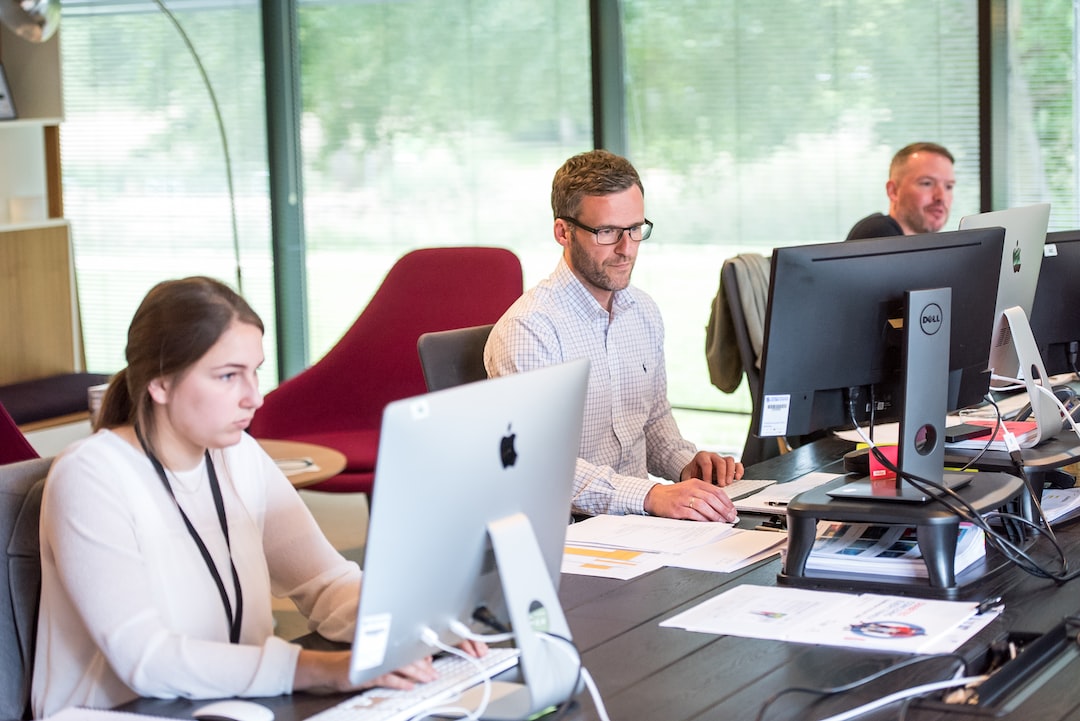Protecting Your Intellectual Property: A Guide for Creatives
In today’s rapidly evolving digital landscape, creative individuals are constantly faced with the challenge of protecting their valuable intellectual property. Whether you’re an artist, writer, musician, or any other kind of creative professional, it’s crucial to understand the different ways to safeguard your ideas, creations, and innovations. Without proper protection, you risk losing control over your work, facing plagiarism, or even having your ideas stolen.
So, how can you ensure the safety and security of your intellectual property? This guide will walk you through some essential steps and strategies to protect your creative endeavors.
1. Understand Your Intellectual Property Rights
Before diving into the vast world of intellectual property protection, it’s important to have a solid understanding of what your rights are as a creative individual. Intellectual property can be divided into four main categories: copyright, trademark, patent, and trade secrets. Each category offers different forms of protection, and it’s crucial to know which category applies to your creative work.
Copyright primarily protects original works of authorship, such as music, literature, art, films, and software. It grants you exclusive rights to reproduce, distribute, display, and modify your work. Trademarks, on the other hand, protect brands, logos, and other distinctive signs that distinguish your products or services from others in the marketplace. Patents protect inventions and provide exclusive rights to make, use, and sell your invention for a limited period. Lastly, trade secrets encompass confidential business information, formulas, or processes, which provide competitive advantages to your creative enterprise.
2. Register Your Copyright
While copyright protection exists automatically as soon as you create an original work, registering your copyright provides significant advantages. Registering your work with the copyright office establishes a public record of your ownership, making it easier to enforce your rights in case of infringement. Additionally, it gives you the ability to seek statutory damages and attorney fees in legal actions, should the need arise.
3. Utilize Watermarks and Digital Signatures
In an era where digital content can easily be shared and reproduced, it’s vital to consider using watermarks and digital signatures. Watermarking your creative work with your name or logo serves as a visible reminder of your ownership, deterring potential infringers from claiming it as their own. Similarly, adding a digital signature to your creations can offer an extra layer of protection and authenticity.
4. Employ Non-Disclosure Agreements (NDAs)
If you’re collaborating or working with others, especially in industries where ideas and inventions are constantly shared, it’s essential to use non-disclosure agreements. An NDA legally binds the involved parties to keep certain information confidential, preventing them from sharing or stealing your valuable intellectual property.
5. Keep Records and Document Your Creative Process
Maintaining comprehensive records and documentation of your creative process can be tremendously helpful when it comes to proving ownership in case of disputes or legal actions. Keep records of drafts, sketches, concept art, and any other material that shows the evolution of your work. This can help establish a timeline and strengthen your claim to the original work.
6. Monitor and Enforce Your Rights
Even with all the precautions taken, intellectual property infringements can still occur. Regularly monitor and scour the internet for any unauthorized use or reproduction of your work. Utilize search engines, image recognition software, and online platforms to track down any instances of infringement. If you find unauthorized use, promptly contact the offender with a cease and desist letter, requesting they remove or cease using your intellectual property. Additionally, consult with an attorney who specializes in intellectual property law for further guidance and assistance.
7. Consider Licensing and Legal Counsel
If you’re interested in monetizing your intellectual property, consider licensing your creations to others for use in specific ways or within certain industries. This allows you to maintain control over your work while generating revenue through licensing fees or royalties. Engaging legal counsel experienced in intellectual property law will ensure that you make informed decisions, negotiate favorable contracts, and protect your interests during licensing agreements.
Conclusion
Protecting your intellectual property as a creative professional is paramount to preserving your rights, reputation, and the value of your creations. By understanding your intellectual property rights, registering your copyright, utilizing watermarks and digital signatures, employing non-disclosure agreements, keeping records, monitoring and enforcing your rights, and considering licensing and legal counsel, you can safeguard what is uniquely yours. Do not let the fear of infringement hinder your creativity but instead, empower yourself with knowledge to protect and thrive in the ever-changing creative landscape.

